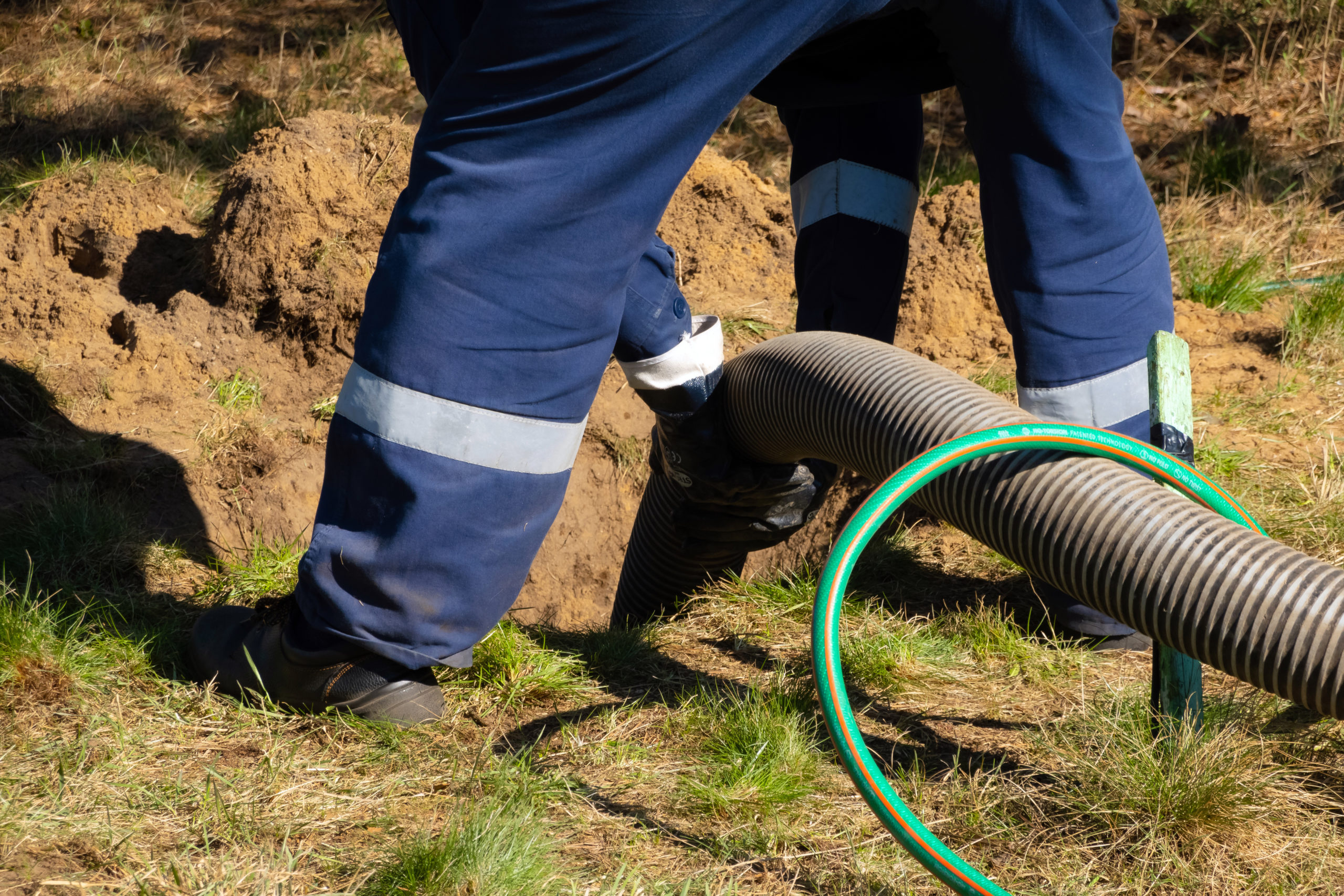Fascination About Stillwell Septic And Grading
Fascination About Stillwell Septic And Grading
Blog Article
The Single Strategy To Use For Stillwell Septic And Grading
Table of ContentsGetting My Stillwell Septic And Grading To WorkStillwell Septic And Grading Things To Know Before You Get ThisWhat Does Stillwell Septic And Grading Do?Stillwell Septic And Grading Things To Know Before You Get ThisUnknown Facts About Stillwell Septic And GradingThe Greatest Guide To Stillwell Septic And Grading
A leaking commode can lose hundreds of gallons of water a day. Take baths with a partially-filled tub and do not leave the faucet running when doing other jobs. Wash only full loads of recipes and laundry.
The Buzz on Stillwell Septic And Grading
Stay clear of shedding stacks of leaves or branches over the drainfield, as the warmth can harm the plastic pipes listed below. Limit the addition of topsoil or garden compost to no greater than 2 to 3 inches over the drainfield. Stillwell Septic. A good general rule for landscaping over drainfields is to utilize shallow-rooted plants that do not require additional topsoil to grow
Turfs, combined wildflowers, and ground covers with shallow roots are excellent alternatives. Plant trees and bushes at the very least 30 feet away from your septic storage tank and drainfield to keep roots from getting into and breaking or obstructing the drainfield pipelines.
A septic system failing creates unattended sewage to be launched and delivered to where it must not be. This may trigger sewage to come to the surface area of the ground around the tank or the drainfield or to back up in pipes in the structure.
Getting The Stillwell Septic And Grading To Work
In a lot of situations, the individual who falls in obtains out without severe injury. A kid's terrible fatality is a reminder to evaluate your septic system for harmed or missing out on covers. https://penzu.com/p/f8e3ffda9010af9e. Proprietors of septic tanks are accountable for guaranteeing the systems are secure and function correctly, including having a safe and secure lid on the containers
Regularly inspect the condition of the covers for dangers or issues. Keep the covers safe and secure by repairing or replacing all harmed or missing out on components. Use bolts, screws, or other locks to secure the lids and protect against easy access. Never drive or park automobiles on top of septic systems- it can damage or remove the cover.
All About Stillwell Septic And Grading
Make sure the lids are safeguarded after working on your septic system. Show youngsters that the septic storage tank lids are not to be played on or opened up.
Keeping in mind the degrees will assist figure out if there is a possible concern with the system. Then, the container will certainly be totally pumped down, getting rid of every one of the fluid and strong waste. As soon as the tank is completely pumped, the inlet and outlet tees of the will be checked to guarantee they are still undamaged and working correctly
Not known Details About Stillwell Septic And Grading
If you are home at the time of solution (totally not needed if that's not your thing) you may be asked to flush your toilets to make certain every little thing is flowing properly. When the service is full, the septic system will certainly be covered as it was when we showed up! Professionals recommend having your system pumped every 3 to 5 years yet numerous variables should be considered when choosing just how usually your septic system requires to be serviced.

If you are experiencing odors in your house, offer us a telephone call. This can be an indicator of an upcoming septic back up! Potentially. If your septic has actually not been serviced in even more than 6 months, we would certainly intend to service the septic initial. If the issue persists, a drain cleaner will certainly after that be sent out to remove the line to the septic system.
The Stillwell Septic And Grading Ideas

If the ponding is concentrated over the leach area that might suggest a leach line is obstructed with Bio-Mat and requires to be repaired or changed. The majority of septic systems have 2 to 3 covers; one over the inlet try this side of the septic system (where the water from your home goes into the container), one in the center of the tank, and one on the outlet side of the storage tank (where the liquid from the tank departures to your leach field).
Cut up food fragments do not damage down in the septic system and can make their way out right into your leach field lines triggering blockages. Rubbish disposals, also those marked septic risk-free, are ruled out valuable for your septic system. Appropriate working degree is where the water degree in your storage tank satisfies the outlet tee of the container.
Report this page